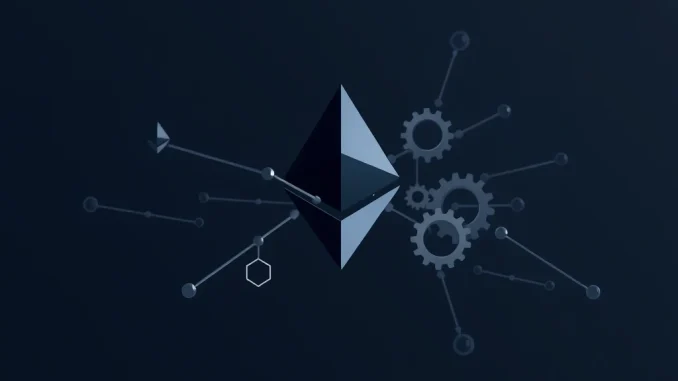
The future of Ethereum hinges on sound decision-making, especially when it comes to evolving the network. Making the right choices about which features to include in each upgrade is critical. This complex process, known as Ethereum governance, requires careful navigation to ensure the network remains secure, aligned, and competitive.
Why Improving Ethereum Governance is Crucial, According to Tim Beiko
Ethereum (ETH) Foundation developer Tim Beiko recently shared his insights on the Ethereum Magicians forum, highlighting the significance of selecting the primary feature for each network upgrade. He stressed that errors in this selection process—whether due to misplaced priorities or execution failures—could have serious consequences. These include potentially weakening the network’s security, disrupting the alignment of the diverse ecosystem participants, and causing Ethereum to fall behind competing ecosystems with different underlying values.
Beiko’s message underscores the need for a more robust and predictable approach to how these vital decisions are made.
A Proposed Framework for Better Ethereum Network Upgrades
To address these challenges and improve the decision-making process for future Ethereum network upgrades, Tim Beiko suggested a clearer framework. His proposal aims to bring more structure and predictability to the governance process. Key elements of this proposed framework include:
- Clear Strategic Focus: Defining a specific strategic goal for each upgrade helps prioritize potential features.
- Limited Major Changes: Focusing on integrating only one key, significant feature per network layer reduces complexity and risk.
- Early Community Input: Ensuring robust feedback from the broader Ethereum community at the initial stages of proposal development.
- Practical Testing: Following up community input with thorough testing on testnets to validate the proposed changes in a live environment.
This structured approach is designed to streamline development, reduce unexpected issues, and ensure that upgrades meet the network’s evolving needs effectively.
Formalizing Processes and the Role of the Ethereum Foundation
Beyond the upgrade selection process, Beiko also recommended formalizing other aspects of Ethereum governance. He suggested establishing formal working groups to maintain long-term initiatives and ensure they remain aligned with Ethereum’s foundational goals and values. Additionally, he emphasized the importance of clearly documenting the entire governance process.
Having a single, accessible repository for all governance documentation would increase transparency and make it easier for both core developers and the wider Ethereum Foundation ecosystem to understand how decisions are made and how to participate.
Ensuring Accountability in Ethereum Governance Decisions
Tim Beiko acknowledged that even with these improvements, flawless outcomes are not guaranteed. However, the goal of formalizing these processes is to significantly reduce uncertainty, increase accountability among participants, and provide a clearer path forward. By implementing these changes, the aim is to help Ethereum continue to advance and innovate without compromising its core decentralized principles.
The proposals put forth by Tim Beiko represent a proactive step towards refining how Ethereum governance functions, aiming for more predictable and successful network development.
Summary: Charting a Clearer Course for Ethereum
Tim Beiko’s recent suggestions offer a valuable roadmap for enhancing Ethereum governance. By proposing a clearer framework for selecting features in Ethereum network upgrades, emphasizing early involvement from the Ethereum community, formalizing working groups, and improving documentation, the Ethereum Foundation developer aims to reduce risks and increase accountability. These steps are seen as vital for ensuring Ethereum’s continued security, alignment, and competitive edge in the rapidly evolving blockchain landscape. Implementing these measures could lead to more efficient and successful future network developments, benefiting everyone involved in the Ethereum ecosystem.



